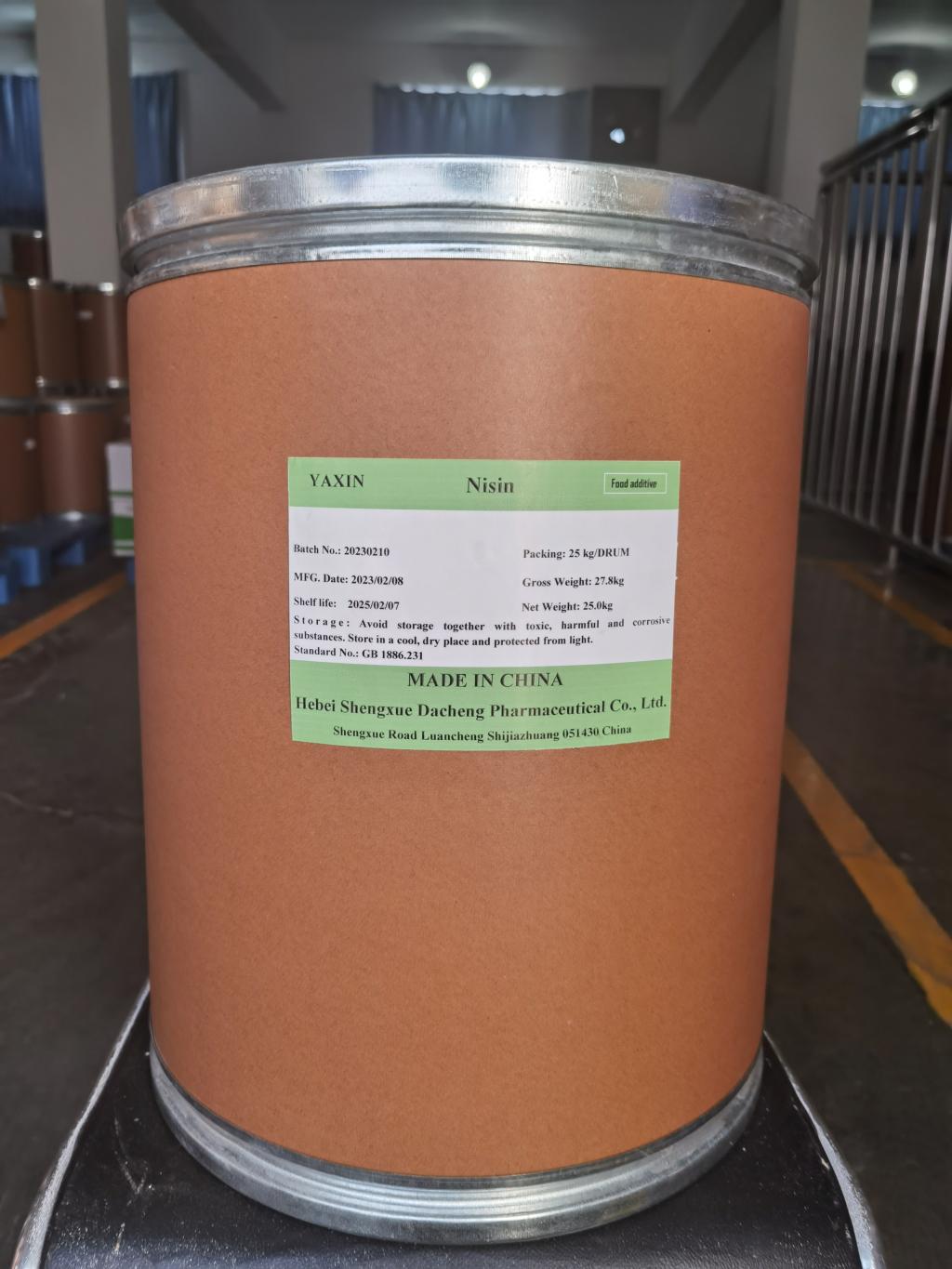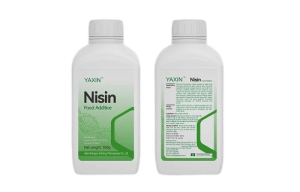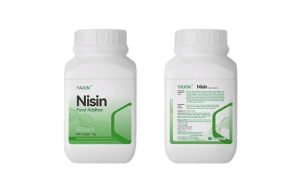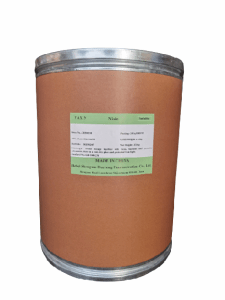Tel:+8618231198596

News
 CONTACT
CONTACT
 CONTACT
CONTACT
- Linkman:Linda Yao
- Tel: +8618231198596
- Email:linda.yao@dcpharma.cn
- Linkman:CHARLES.WANG
- Department:Overseas
- Tel: 0086 0311-85537378 0086 0311-85539701
News
Current Position:
Home >
News
>The role of nisin in combating spoilage in dried fruits and vegetables.
The role of nisin in combating spoilage in dried fruits and vegetables.
TIME:2024-12-02
Understanding Spoilage in Dried Products
Despite the low water activity in dried fruits and vegetables, certain microorganisms, such as molds, yeasts, and spore-forming bacteria, can thrive under favorable conditions. These microorganisms contribute to:
Quality degradation: Off-flavors, discoloration, and textural changes.
Health hazards: Production of mycotoxins by molds like Aspergillus and Penicillium.
Traditional methods to mitigate spoilage include chemical preservatives, modified atmosphere packaging, and irradiation. However, there is growing demand for natural alternatives due to consumer preferences for clean-label products.
Nisin as a Natural Preservative
Nisin is recognized as safe by regulatory agencies worldwide, including the FDA and EFSA, and has been widely used in the food industry. Its mechanism of action involves disrupting bacterial cell walls, making it particularly effective against Gram-positive bacteria and spores. When applied to dried fruits and vegetables, nisin offers the following advantages:
Enhanced Shelf Life: Inhibits spoilage organisms such as Bacillus and Clostridium species, which can survive in low-moisture environments.
Quality Preservation: Maintains the sensory and nutritional integrity of dried products by reducing microbial activity that causes spoilage.
Synergy with Other Methods: When combined with vacuum sealing or oxygen absorbers, nisin's efficacy increases, offering comprehensive protection.
Application Techniques
The integration of nisin into the processing of dried fruits and vegetables can be achieved through various methods, such as:
Coating and Dipping: Fruits and vegetables can be treated with nisin solutions before drying to create a protective antimicrobial layer.
Incorporation in Packaging: Embedding nisin into edible films or packaging materials provides ongoing protection during storage.
Challenges and Considerations
While nisin shows great potential, its application must consider:
Optimal Dosage: Determining the concentration needed for effective microbial control without altering taste.
Stability: Ensuring nisin remains active under the conditions of drying and storage.
Regulatory Compliance: Adhering to specific guidelines for use in dried produce across different regions.
Future Prospects
Research into nisin's role in preserving dried fruits and vegetables is expanding. Innovations such as encapsulated nisin for controlled release and its combination with natural antioxidants (e.g., rosemary extract) are promising areas for further development. These advancements aim to meet the dual goals of enhancing food safety and catering to consumer preferences for natural, sustainable preservation methods.
Conclusion
Nisin offers an effective and natural solution for combating spoilage in dried fruits and vegetables, aligning with industry trends toward cleaner labels and improved product quality. Its ability to inhibit spoilage microorganisms while preserving sensory attributes makes it a valuable tool for food manufacturers. As research continues to optimize its application, nisin could become a cornerstone in the sustainable preservation of dried produce.
- Tel:+8618231198596
- Whatsapp:18231198596
- Chat With Skype







